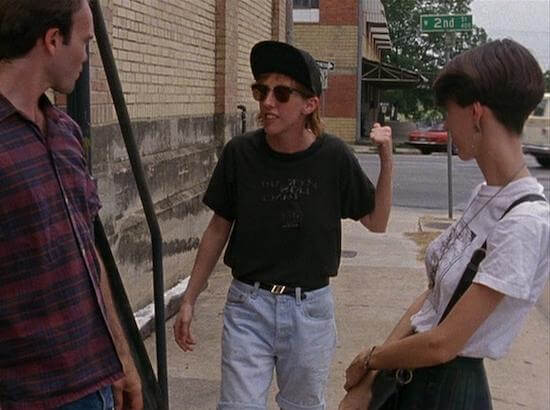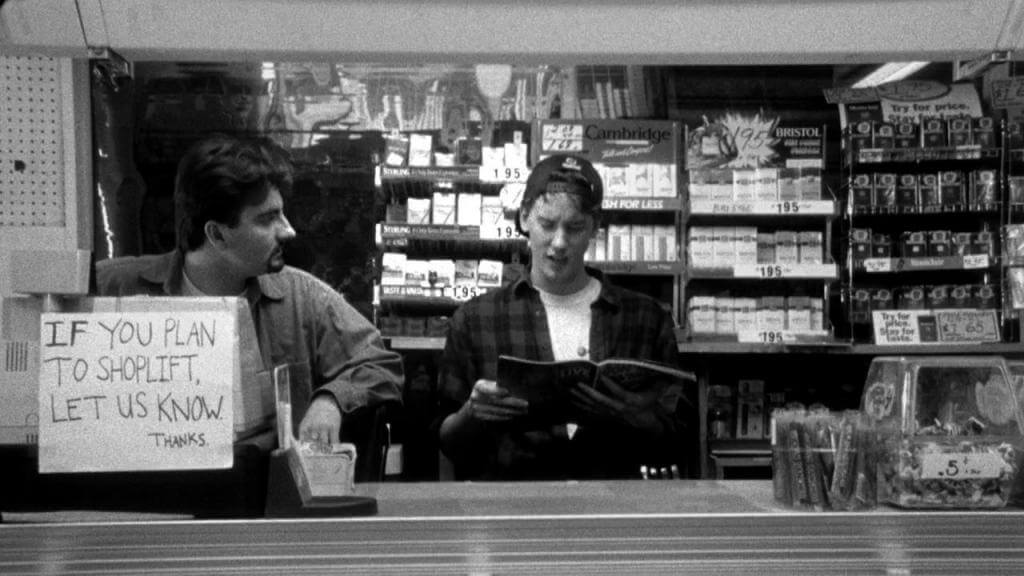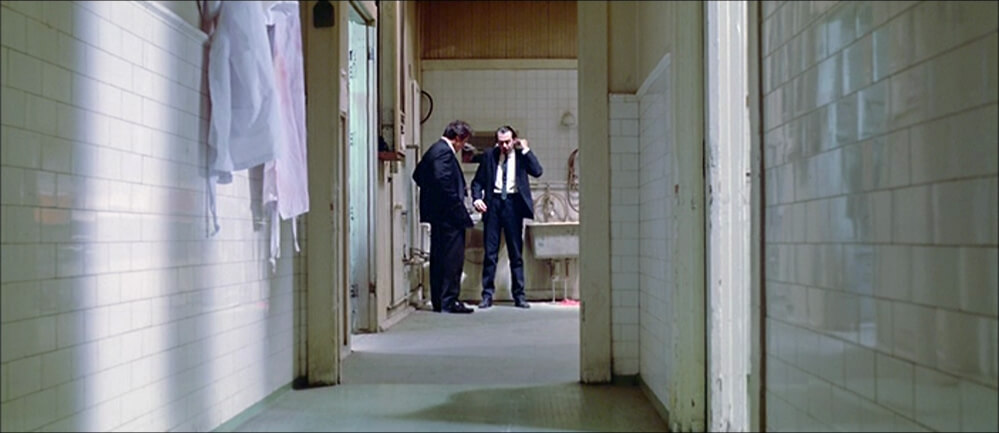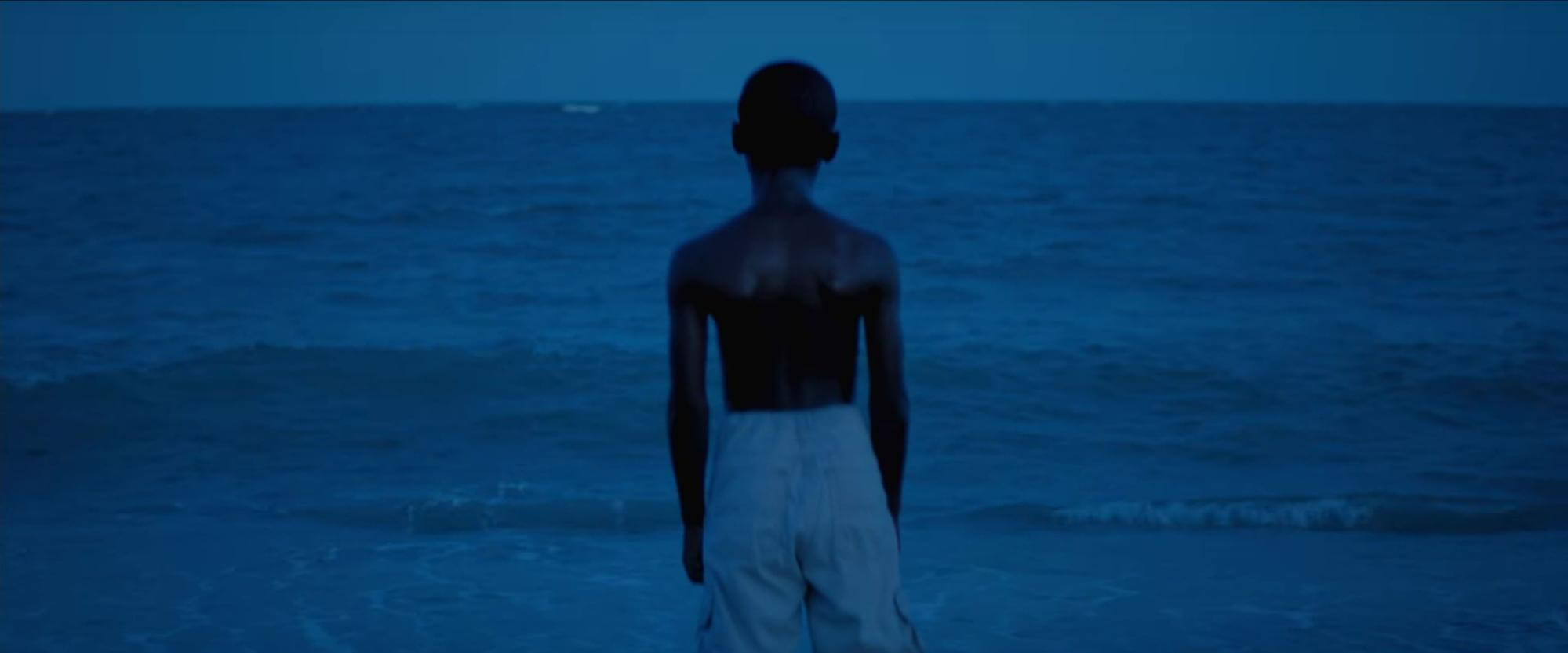In the world of cinema, there’s an intriguing space where creativity meets passion, free from the constraints of big-budget studios. This is the realm of independent, or ‘indie’, films. The term ‘indie’ has become synonymous with uniqueness, originality, and autonomy in filmmaking.
In this article, we will delve into the world of indie films, exploring their definition, characteristics, and the impact they have had on the cinematic landscape. So, grab your popcorn and let’s embark on this cinematic journey.
What is an Indie Film in Cinema?
First, let’s define indie film
What exactly is an indie film? Is it simply a movie made outside the Hollywood system, or is there more to it?
INDIE FILM DEFINITION
What is an indie film?
An indie film, short for independent film, refers to a movie that is produced outside the major film studio system. These films are typically created by independent filmmakers with a lower budget than mainstream or studio films.
They are known for their distinct storytelling methods, unique narratives, and often, unconventional themes. Indie films usually give more creative control to the filmmakers, allowing them to explore diverse aspects of human experience, social issues, or artistic expression that may not be prevalent in mainstream cinema.
Despite their limited budget, indie films can offer a high degree of innovation and originality, often making a significant cultural impact.
What is an Indie Film Defined By?
- Creative Freedom
- Limited Budgets
- Bold Storytelling
- Passionate Commitment
Indie Film Meaning and Origins
The History of Indie Films
Exploring the history of indie films means diving into the industry's own evolution, and the remarkable artists who paved the way for independent cinema as we know it today.
The Birth of Independence: Early 20th Century
Let's go back in time to the early 20th century when history of film was just starting to take its first steps. At that time, the 'Big Five' studios in Hollywood held a firm grip on the industry. However, even in this tightly controlled environment, there were some daring filmmakers who decided to break free from the norm and create their own unique path.
Independent Cinema: Crash Course Film History #12
These were the trailblazers of indie filmmaking. Think of legendary directors like Charlie Chaplin, Buster Keaton, and Orson Welles, who paved the way for future independent filmmakers.
The Rise of Art-house Cinema: 1950s - 1960s
Fast forward to the mid-20th century, a time marked by societal change and artistic rebellion. This era saw the birth of art-house cinema, independent films that were more concerned with artistic expression than commercial success.
Directors like John Cassavetes and Shirley Clarke were pushing boundaries, creating films that explored themes mainstream cinema wouldn't touch.
The Ranting Of An Independent Filmmaker
The French New Wave Movement also emerged during this time, with auteurs like Jean-Luc Godard and François Truffaut leading the charge for independent cinema on an international scale.
The Sundance Revolution: 1980s - 1990s
As we move into the '80s and '90s, we find ourselves at the heart of a revolution. The Sundance Film Festival, which was founded by Robert Redford, has become a renowned platform for independent filmmakers.
A Sense Of Place: Robert Redford On The Sundance Story
It's where groundbreaking movies like Sex, Lies, and Videotape and Reservoir Dogs made their debut, causing a stir in the industry and demonstrating that indie films can achieve both critical acclaim and commercial success.
The Digital Age: 2000s - Present
In the new millennium, technology has revolutionized indie filmmaking. With the introduction of digital cameras and online streaming platforms, the process has become more accessible and affordable for aspiring filmmakers to share their stories.
Think one of the best independent film Tangerine by Sean Baker which was shot entirely on iPhones, or the critically acclaimed documentary Searching for Sugar Man which was mainly funded by a Kickstarter campaign.

Tangerine by Sean Baker
At its core, the history of indie films is a remarkable testament to the boundless power of creative freedom. It's a captivating tale of visionary artists who fearlessly dared to dream, experiment, and gift us with something truly unique. But what about today? How has the definition of indie film evolved?
What is an Indie Film Defined By?
What Makes an Indie Film Indie?
One of the key characteristics of an indie film is its independence from the conventional studio system. This doesn't necessarily mean that it's made on a shoestring budget or completely outside of Hollywood. The definition of independence, as with many things in the film industry, has evolved over time.
Previously, an indie film was simply defined as any film made outside the six major studios. Today, however, with the proliferation of production companies and private investments, the lines have become blurred.
In the current landscape, what defines an indie film is more about the "independent spirit". It's about filmmakers who dare to tread off the beaten path, who embrace originality and creativity, and who aren't afraid to take risks in storytelling.
What Does Indie Film Mean in the Studio System?
Hollywood Independent vs. Independent Spirit
It's essential to distinguish between what can be termed as 'Hollywood Independent' and films that truly embody the independent spirit. For example, a movie made by a well-known director with a big budget, but still outside of the major studio system, may be considered Hollywood Independent.
One such film is one of the best crime movies Uncut Gems by the Safdie Brothers', which had a budget of $19 million. Although classified as an Independent film, it was produced by RT Features and Elara Pictures (founded by Benny Safdie) with the backing of Martin Scorsese and Emma Tillinger Koskoff. The distribution of the film was handled by A24.
On the other hand, a movie that's entirely self-funded or financed through crowdfunding, with complete creative control given to the filmmakers, would be an example of independent spirit at its core. Check out this video on the rise of independent filmmaking in the cinema landscape.
Independent Cinema • Crash Course Film History
True indie films are often brought to life through sheer tenacity and determination. This is a film like Fruitvale Station, which was made with a budget of $900,000 financed by two independent investors — Chinese investor Michael Chow, who committed the full $600,000 lump sum to the production and actress and producer Octavia Spenser. The film went on to win the Grand Jury Prize at Sundance in 2013.
Indie films thrive on their ability to challenge established norms, presenting captivating narratives and showcasing innovative craftsmanship. These films truly encapsulate the spirit of independence - they're audacious, daring, and unapologetic in their cinematic expression.
Related Posts
Indie Film Examples
Influential Indie Films
Indie films have consistently shaped the cinematic and cultural landscape, leaving a lasting impact. The most notable have not only pushed the boundaries of filmmaking but have also paved the way for future indie filmmakers.
Slacker (1990)
Slacker, directed by Richard Linklater, is a true mumblecore indie film that showcases the art of storytelling on a limited budget. This cinematic gem takes you on a captivating journey through the lives of unique and quirky characters, revealing the ordinary yet intriguing moments of everyday life in Austin, Texas.
As a launching pad for Linklater's career, this masterpiece inspired the likes of countless indie filmmakers and films including next on our list — Clerks.

Slacker by Richard Linklater
Clerks (1994)
Kevin Smith's debut feature is a prime example of the incredible rise of indie cinema in the 1990s. It's fascinating to note that this black and white comedy, made with just $27,575, not only became a cult classic but also served as a major source of inspiration for a whole new generation of independent filmmakers.

Clerks by Kevin Smith
What's even more impressive is that the entire film was shot at night in the very convenience store where Kevin Smith worked during the day, using equipment borrowed from his film school buddies. And here's the kicker: Smith financed this gem by maxing out his credit cards and even parting ways with a portion of his treasured comic book collection. Talk about dedication, passion, and a true indie spirit!
Reservoir Dogs (1992)
Then we have Quentin Tarantino's debut and one of the best films in his filmography, Reservoir Dogs. The film's non-linear storytelling, stylized violence, and razor-sharp dialogue made it an instant cult classic.
Tarantino's unique voice and bold directorial choices paved the way for a new generation of filmmakers who weren't afraid to break rules and conventions. Reservoir Dogs proved that with a strong script and distinct style, indie films could make waves in the mainstream.

Reservoir Dogs
Paranormal Activity (2007)
Fast forward to 2007, when Oren Peli's Paranormal Activity changed the game for indie horror films. Made on a shoestring budget of just $15,000, the film used the found-footage technique to create a chilling tale of supernatural terror. Its success spawned a whole franchise and inspired countless other low-budget horror films, proving that you don't need big bucks to give audiences big scares.

Paranormal Activity (2007)
Moonlight (2016)
Finally, let's talk about one of the best movies of 2016 - Barry Jenkins' Moonlight. This deeply moving film about a young black man's struggle with his identity won the Best Picture Oscar in 2017. It's a testament to the power of indie cinema to tell diverse, authentic stories that resonate with audiences and critics alike. Moonlight is a shining example of how indie films can not only compete with big studio productions but also outshine them.

Moonlight by Barry Jenkins
These influential indie films have all broken new ground in their own way. They've shown us what's possible when filmmakers are free to follow their vision, unencumbered by the constraints of the mainstream. And in doing so, they've paved the way for countless other indie films to come.
Related Posts
Up Next
Best Independent Films to Inspire You
As we leave behind the world of mainstream cinema, let's dive into a realm that often goes unnoticed. In our next article, we will guide you through the intriguing and thought-provoking world of indie cinema.
Up Next: Best Independent Films to Inspire You →
Showcase your vision with elegant shot lists and storyboards.
Create robust and customizable shot lists. Upload images to make storyboards and slideshows.
